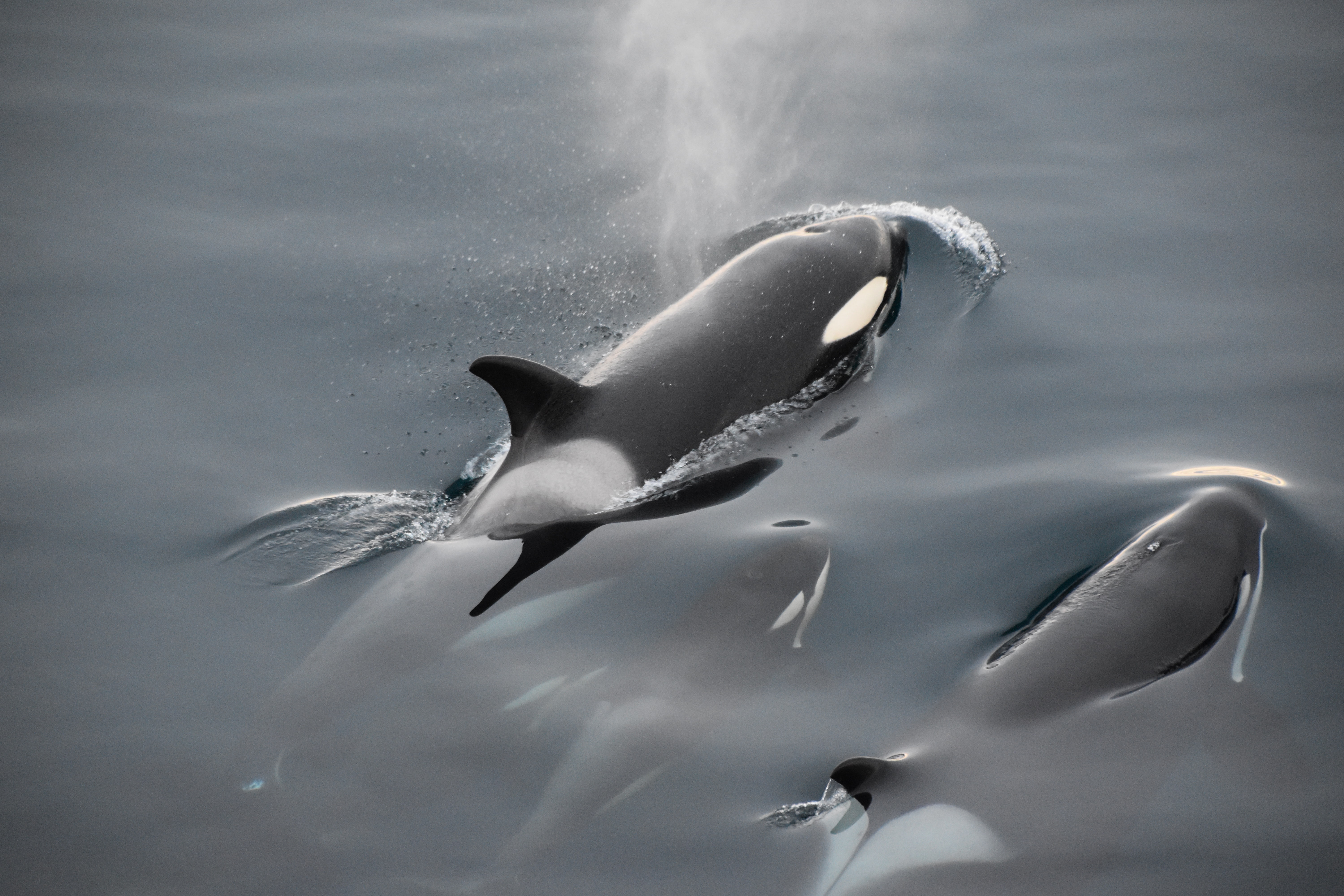News release
From:
The ‘southern residents’, a group of killer whales found off the west coast of the USA and Canada, may be dying off because of inbreeding in their isolated population. The findings, published in Nature Ecology & Evolution, could help to explain why conservation measures that have helped other groups of killer whales may not to be working for these animals.
Killer whales (also known as orcas) were once hunted and culled in the North Pacific. Legal protection since the early 1970s has helped many killer whale populations in this region to recover, but this has not been the case for a small group known as the southern residents. This group of less than 100 animals has lower survival and lower birth rates than other killer whale groups, and it has been proposed that their genetics could play a part.
Marty Kardos and colleagues sequenced the genomes of 100 living and dead killer whales from the southern resident group. When they compared these genomes to those of killer whales from other North Pacific populations, they found that the southern residents had the lowest levels of genetic variation and the highest level of inbreeding. Assessing data on the survival of these animals, the authors show a link between this low level of genetic variation and earlier deaths. The authors suggest that as female killer whales take about 20 years to reach peak fertility, the southern resident females may not be living long enough to ensure the growth of their population.
Kardos and colleagues suggest a combination of natural and anthropogenic factors may have led to elevated inbreeding in the southern resident group, including their geographical range and the population effects of the live captures in the 1960s and 1970s. Although they note that it may not be possible to directly reverse the inbreeding, they emphasize the importance of ongoing protection for killer whales in the region.



 International
International



